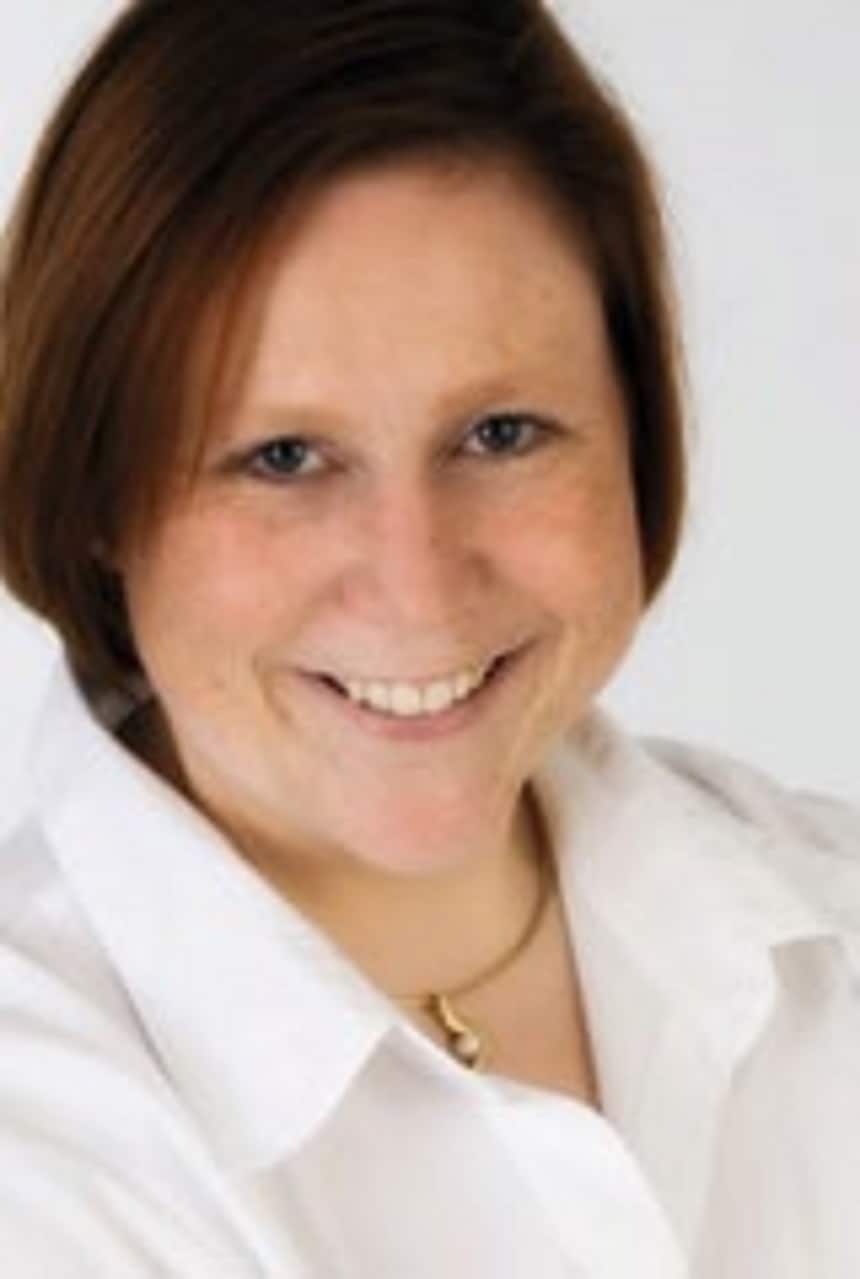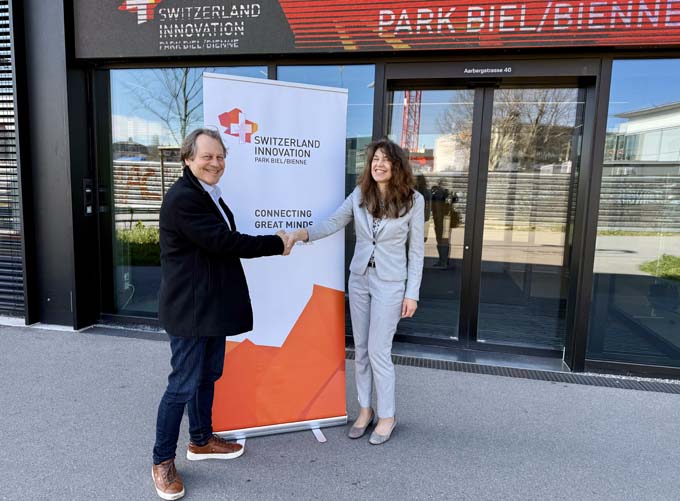Away from the paper tiger
Almost one and a half years ago, Bardusch AG decided to streamline the management system that had grown over many years and replace it with a modern, dynamic management system. Ms Andrea Ruprecht, Head of Quality at Bardusch, explains the successful project in an interview.

rau Ruprecht, what were the reasons for the restructuring of the management system?
The timing for the further development resulted from the growth of the company over the years, from changes in the organization and processes as well as from new appointments to management positions, e.g. also the head of quality management.
How did the growth of the company influence the requirements for the management system?
The more complex structures with several locations and new processes led to the fact that the daily routine changed more and more from the
Increasingly complex structures
system and hardly anyone identified with it anymore. In addition, the integration of the new branches in Yverdon and Sierre, which were added in 2010, brought new challenges: they also had to be part of the system and thus certified. A bilingual management system thus became a requirement.
How did Bardusch react to this realization?
We asked ourselves the fundamental question: "As a service company, do we even need a management system?" In the course of a management meeting, we unanimously agreed on a management system. However, the general conditions for all were clear: It should be "a vital management system", lean, pragmatic, easy to understand and applicable for all.
What were the specific requirements that your contemporary, vital management system must meet?
The system maps everyday life and is bilingual throughout. The maintenance of processes and documents is simple and a search function helps to find documents. Furthermore, the process representation takes into account the needs of the different functions in the company and reflects the PDCA cycle. The continuous improvement process is easy to handle and document. The scope of the management system is based on the central principle: as much as necessary - as little as possible.
How did you go about implementing these objectives?
The first question was which software we would use to map the management system. We evaluated various software solutions and finally decided on IMS PREMIUM.
Why did you choose IMS PREMIUM?
Most software solutions are limited to process and document management. IMS PREMIUM offered us the additional possibility of representing the organisation of the company, managing the continuous improvement process and mapping the risks. The most important reason, however, was that IMS PREMIUM is a pragmatic, easy-to-understand and easy-to-use software and thus forms the ideal foundation for implementing a practice-oriented management system. We took a classic top-down approach, i.e. we started by revising the mission statement and, based on this, defined the process map and organisation. Based on this, I conducted a process analysis with the respective process owners. Together we structured for each
Pull together
process redefined the structure and defined the future process content. The new processes were developed in workshops with the process teams and then immediately transferred to IMS PREMIUM. In doing so, we naturally followed the structure of the software; its simplicity was very helpful to us. Once the content of the documents had been revised, they were given a new layout and also transferred to IMS PREMIUM. After creating the basics and specifications, we also built up the organisation and CIP modules "along the way". Finally, we translated the new contents of the processes and Swiss documents into French and integrated them as well.
... and all this in just over a year
Yes, the timeframe for developing and implementing the new management system was ambitious, but we were successful. In May, we achieved recertification of the management system in German-speaking Switzerland, and in September Yverdon was recertified and Yverdon BCS and Sierre were recertified. The successful implementation was achieved thanks to the commitment of all the employees involved. However, the broad support for the project within the company was certainly also a contributing factor. The top management was united behind the project from the very beginning and supported me wherever necessary. Both the new system and IMS PREMIUM were very well received by everyone involved.
What is the current challenge after the implementation of the management system?
With the new management system based on IMS PREMIUM, we have achieved the goals we set ourselves. The Bardusch Group has created a modern, pragmatic and lean management system. But of course it would be wrong to rest on our laurels; it is now more important to ensure the transfer to everyday life. The defined processes must now be lived and applied. With the CIP module, we now centrally manage our improvement process; here, it is important to stay on the ball in a disciplined manner and to document it. We are currently still in a training phase to ensure successful implementation right down to the grass roots. However, initial experience shows that the new system is being actively used.









